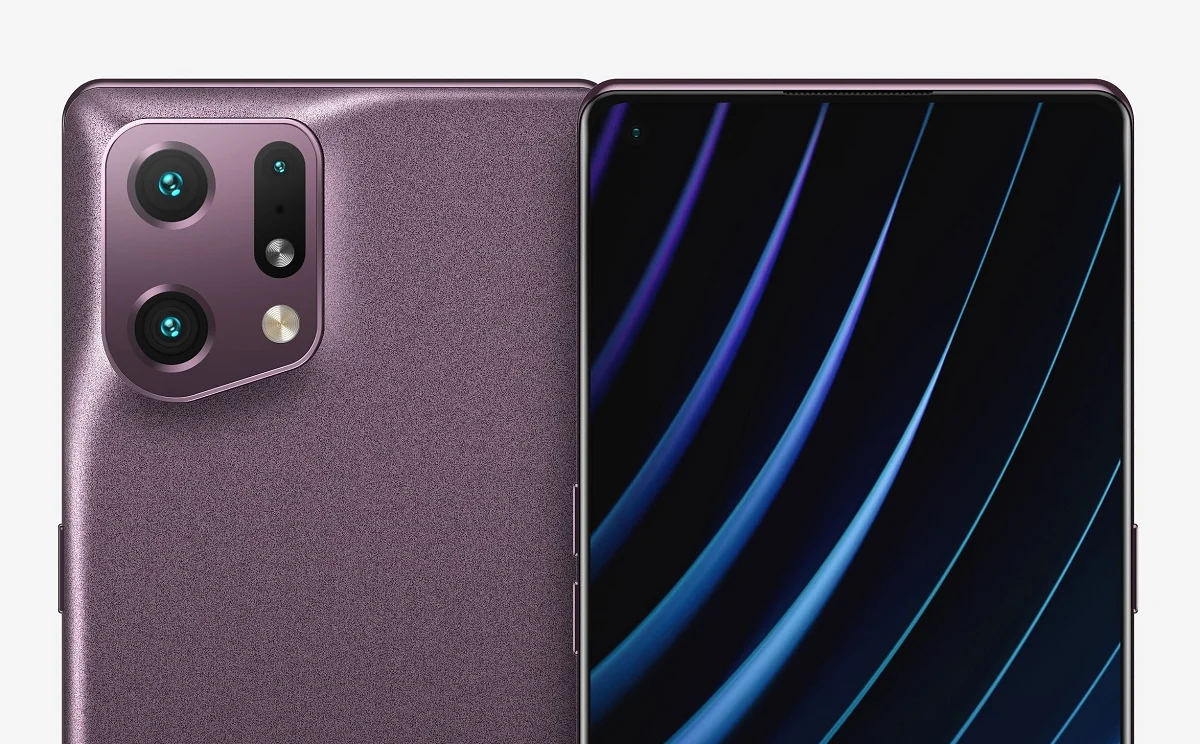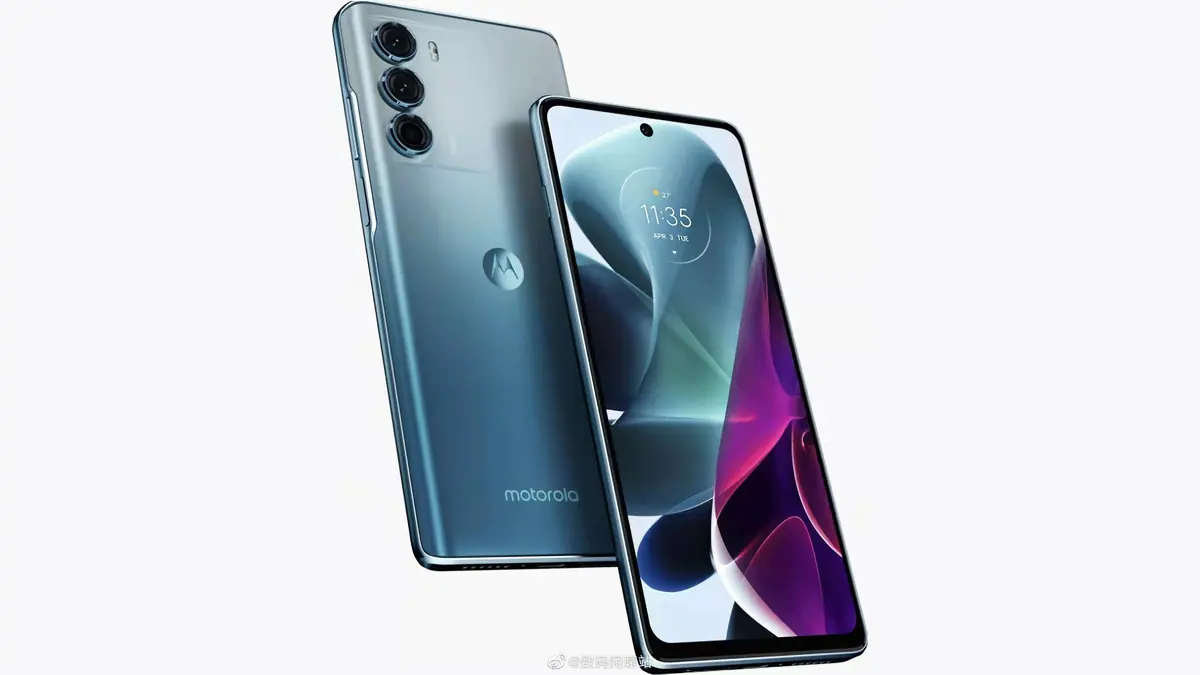The announcement of iOS 18 and the news that it will allow for much more customization, such as the color tone or size of icons and their arrangement on the screen, has paved the way for A New Drama Online™ among those celebrating the new aesthetic possibilities of the iPhone. and those who regret a move that marred Apple’s visual identity.
Because this is important. Although it may seem like a pointless debate, and perhaps it is, the debate goes beyond a simple cosmetic issue. It reveals the fundamental tension between two competing visions of what Apple represents.
- On the one hand, it is a cult brand with a minimalist, refined, consistent and recognizable aesthetic.
- On the other hand, that of a huge, global corporation seeking to satisfy the desires of an increasingly large and diverse public.
Keys to conflict. The iOS interface has been characterized by a uniform appearance and icon design since its introduction, maintaining a constant appearance over the years with slight changes.
This has fueled the most loyal and gullible users’ strong identification with Apple’s “brand image”, which they perceive as a differentiating element compared to Android’s aesthetic heterogeneity.
- But over the last decade there has been a growing demand for more personalization from Apple.
- Various iOS updates include new features in this direction: app icons, widgets, lock screen, etc. shortcuts that allow you to change
- iOS 18 takes this a step further with a big change in color tones and size of system icons.
opposite stances. Purists see customization as a betrayal of Apple’s DNA, a company that often prioritizes control and its own guidelines over the user experience. They fear that the rise of highly personalized interfaces will erode iOS’s visual identity and cohesion. They perceive this as an element of cultural difference.
Openers are celebrating being able to leave their iPhones the way they want, with fewer and fewer obstacles from Apple. And this does not mean that they understand that the user will maintain a good design, but they do not see the existence of iPhones with a heterogeneous and personalized appearance as a problem.
in perspective. Apple’s shift towards personalization appears to be a one-way journey, no matter how much it upsets its most gullible followers. And the underlying reason: the company’s need to continue growing.
Fifteen or twenty years ago, Apple was a much more homogeneous company; and even their customers, who can identify with each other as sharing a particular culture.
The $3 trillion Apple has transcended niche markets to get to this point and will continue to take steps to continue growing as a good publicly traded company behind which investors increasingly demand more.
in Xataka | Understanding Apple’s great model, Apple Intelligence: how it compares to other AIs and what to use ChatGPT for
Featured image | Xataka, Mockuuups Studio













